
I
remember when I first saw REQUIEM FOR A DREAM and I was horrified,
messed up and intrigued all at the same time.
There was no question that the man who made PI could have
made this film. Well, Darren
Aronofsky returns to a world only he could create in THE
FOUNTAIN. A fantastic
voyage of a man, played by Hugh Jackman, who is trying to find the
secret of eternal life to save the woman he loves.
This is a love story with elements that are fantastical,
exactly what you would expect from a director with his talent.
He
recently stopped by the Beverly Wilshire Hotel in
Beverly Hills
. He stopped in to personally
say hello to everyone in the room. A
director with this vision you would almost expect to be a little
insane, or possibly a little pretentious, but that is not the case
with Darren. He is an
incredibly nice person with an amazing talent.
He talked much about working with his fiancée, Rachel Weisz,
who also happens to be the leading lady to Mr. Jackman.
He also talked about some future projects, at least as much
as he could.
Darren
Aronofsky

Ever
since the screening last night I’ve been involved in conversation
after conversation about this movie.
Great!
Is
that the ultimate compliment?
Absolutely;
I mean one of my greatest memories was after being in a coffee shop
next to the Nuart which is a movie theater here in L.A. just
randomly and Pi was playing around the corner and I just happened to
be there and a father came in with his 16-year-old daughter and a
few of her friends and they sat there and they were all debating
what the ending was. And I just sat there listening and it was great
to hear a whole conversation, you know. So I think that’s the…
It’s so often that you’re home the day after you saw a movie and
you can’t remember what the hell you saw the night before. But
then sometimes you see movies that just stay with you and create a
conversation and I think that’s always been a goal to try and do
something like that. So I’m glad to hear that that’s what went
down.
Before
the movie you spoke…
Yeah,
I said hello.
…and
said ‘Don’t think too much.’ Was that not being fair? I mean I
think this is a movie you have to think a lot about.
No,
no. I mean ultimately I don’t think so. I think it’s a really
simple love story at the core. It’s really about a man and a woman
in love. One of them is going away and the other one’s not coming
to terms with it. Eventually he does come to terms with it.
There’s sort of a big anti-thinking, anti-intellectual message in
the film even though it’s kind of told in a very different way
that you think it makes you think. It’s really very simple the
film and that’s why I kind of messed with the structure, taking a
very simple idea but then encasing it in a puzzle structure that
makes people think about how it all fits together and talk about how
it fits together. But at the core it’s a very simple emotional
story I think.
For
the most past of the last decade this has been part of your life
pretty heavily. So now that it’s about to debut, how has that
changed you? Darren Aronofsky ten years ago and Darren Aronofsky
today?
Well
ten years ago Pi didn’t even exist so it’s less than that.
It’s only five, six years or so. Darren Aronofsky ten years ago, I
was trying to get into Sundance. So that was a very different world.
I imagine I’ve changed a lot. My personal life has changed a lot
but professionally I think I’m the same person and just being
passionate about a project, believing in it, and then not letting go
and just keep pushing it no matter how many people say no. We did
that with Pi, we did that with Requiem, two films no one wanted to
make. Honestly, no one wanted to make. And the same thing happened
with The Fountain. My producer always says when everyone is saying
no, you know you’re doing something right. And that’s kind of
been my mantra for a long time because I think we’ve always tried
to do new stuff with cinema. That’s been me and my fellow
filmmakers. We’ve been a team now and we just keep trying to do
something a little bit wild, a little bit different, and really just
trying to push the edge of what’s acceptable.
As
you say, at its core this is essentially a love story. Was it always
your intention from the very first second that you got the idea to
involve all these other elements – the science fiction, the
historical elements – or was that something that came from the
theme?
The
love story came afterwards actually. The first thing was trying to
do something new in sci-fi, to return science fiction from the outer
space journey to the inner space journey. Because, you know, sci-fi
– I was talking to you about this – has just sort of been
hijacked by techno-lust and hardware button science fiction. In
fact, people on the road have been like, ‘this isn’t science
fiction because there are no ray guns and there’s no…where’s
the lasers?’
And
it’s hard for people who aren’t fans of the genre outside of
movies to understand that science fiction has a long tradition of
being internal journeys as well as external journeys and so it was
always about trying to do something new in sci-fi is what started
it. And then as we start to develop these themes about everlasting
life, it became pretty clear that one of the main things that we as
people can do while we’re here on the planet is love and it’s
one of our big things is the loss of love. You know, it’s one of
the great things that make us alive. So that became a big theme and
we realized that that was going to be the heart of the film.
Is
the movie a kind of examination of the nature of fantasy, because I
think you look at the Conquistador thing…? They’re trying to
find the fountain of youth which, within the context of the movie,
maybe exists but that we all know in real life didn’t. I know they
were into that back then. Today we think that rational scientific
research will solve everything but yet we know that it doesn’t
solve everything. And you know the future is just fantasy there. Are
you trying to have us question or examine our fantasy impulse?
Yeah,
I’ve always been into taking a story and going a step forward into
heightened reality. You know I’m a big fan of [John] Cassavetes,
but I’ve always kind of moved toward Terry Gilliam camp. That’s
sort of the type of movies I’ve just liked a lot. I’ve always
been attracted to move towards. So basically I like to ground things
in reality and then just take it a step forward so there is a little
bit of fantasy. But I mean The Fountain for me is a fairytale for
adults, but a fairytale, always been a fairytale. In fact when I
went to Spain, I was just in Barcelona at the Citrus Film Festival
which is a great film festival if you can get sent there, or get
there, go there.
It’s
a great time. But I was really concerned because the Spanish stuff
is very loosely based in history. It was purposely so because it’s
a fairytale. There’s this magical Mayan tree. But I was concerned
what they were thinking. None of the Spanish press was asking me
about it, you know, which Isabel is this or any of that. So I
started asking them, ‘What do you think of the whole Spanish
thing.’ And they’d say, ‘Oh, it’s a fairytale.’ They got
it instantly what I was doing and it’s like, ‘Oh, whew!’ [Sigh
of relief] So interviewer after interviewer kept saying that. It’s
clearly fiction and everything is slightly heightened.
I
mean what’s happening in the lab is whatever, ten, fifteen,
although stuff is happening, you know, which is amazing. I mean if
you think about it, life expectancy I think in 1900 was something
like 47 so we are living twice as long so for now if we look forward
to a life expectancy for rich people of something in the 80s or
something. In a hundred years, who knows, it might be 160 or 170.
What would it mean to live to 160 or 170? It’s an intense concept
and it’s a reality that’s happening. And it’s going to change
the way we think about how we live and what a life is.
Darren,
recently you mentioned that your next project is going to be
biblical? Is that biblical in the sense of something literally taken
out of the bible, like Noah, the Apocalypse, or something?
No
comment. [Laughing] We are working on something that’s biblical in
nature. Luckily that can mean a lot of different things, but I’m
actually working on two things. I’m working on a super big thing
which is what you’re talking about and then I’m working on a
really tiny thing. My goal is to start shooting in 07. So whichever
one gets me to the starting line first is the one I’m going to
shoot because in the last five years I’ve worked with actors for
60 days and that’s kind of my favorite part of the process so I
just want to get back on set and working with actors again. So
whichever will happen… but then I’m not really talking more
about that because it’s an embryonic phase and it’s brand new
– well it’s actually not brand new – I’ve been working on it
for a long time but once you start talking about it, it kind of
dissipates.
Is
the little project fantasy or science fiction?
The
little project isn’t. The little project is more like a Cassavetes
film. It’s very, very real and small.
But
in terms of what happened on this project where it was a six year
process and you thought you were going to make it with Brad [Pitt]
and a bigger budget, have you learned anything going forward on
these next projects in terms of ‘Okay, we need to make sure we do
this instead of this’?
Well
I definitely would want to make sure I have… I think being the
initiator and the main force behind the reason something gets made
is a hard place to be but I’ve always been that way, you know. No
one wanted to make a black and white movie about Gong math. Then
after Pi and the success of Pi everyone was ‘whatever you want to
do.’ And then I sent them the copy of Requiem and no one even
called us about it literally. [Laughing] So with Requiem, again we
had to go out and raise the money independently.
And
basically The Fountain was a really hard film to put together as
well so it’s not a pleasant placed to be from. I think that unless
I had the support to do the bigger film, I probably couldn’t get
it made just because it’s the type of money that you just really
need a studio and so it might end up as a graphic novel and that
will be that. But we’ll see. Hopefully we’ll be able to make it.
I just want to… For me it’s about getting back to work because
it’s been a long trip and doing something that just lets me direct
again because to have 60 days of directing and five years has been
hard. It’s been hard so I want to work.
So
you made a movie that’s all about love and you’re making it and
you’ve fallen in love. How did that happen?
Well,
I fell in love before I made the movie.
Oh
really?
The
script existed before I met Rachel and it was cast before I met
Rachel and the film fell apart and then after Hugh was cast we
started to talk about who would… we started making a list for the
women and Hugh was like, ‘What about Rachel?’ I was a little bit
not sure of that because I had never crossed the line of working
with that professional personal life but Hugh asked to have a meal
and then when they met it was like one of those moments as a
director, you know, you hope to see in the casting room, even though
this wasn’t the casting room, where there’s just a link. And it
was just clear that they were communicating, that they were
connected. They were simpatico. And that’s what happened.
How
did you meet Rachel?
I
saw her do a play. She was doing THE SHAPE OF THINGS in England and
I was there working on a project over there and I went to see the
play and I was a big fan of Neil LaBute’s so I went to see the
play and I went back stage afterwards. You know, hijinks ensued.
[laughing]
Could
you talk a little bit about Hugh and what it was that he brought to
the film?
Well
Hugh, when I met him, I saw him in The Boy From Oz which you know is
very, very different than The Fountain. I said, ‘Well we can make
the Conquistador having been married to Liza Minnelli’ but it
doesn’t quite work. But he was so incredible, I mean there was so
much clear talent, so much talent, and no one had used it and I love
hungry actors. I mean you look at Ellen Burstyn and Jennifer
Connelly and Marlon Wayans.
They
were actors that were waiting for an opportunity to show what they
can do and that’s for me I think the best secret as a director to
get actors who want to be there. And both Hugh and Rachel were like
that. And you know that goes so far because all that time you have
to worry about negotiating people’s feelings was out the window.
It was like Hugh was ready to jump in. And then we had a nice long
pre-production to really learn about each other and get to know each
other. He was confident that he could trust me which is the other
biggest thing you have to do. Of course, Rachel trusted me pretty
much and so that all worked out well.
The
film has an incredibly organic feel from start to finish. I’m just
wondering how you went about creating the tone for that.
Well
everything is organic in the film. We moved away from – some of
you might have heard about this – we moved away from CGI. 98% of
the film is CGI-free, kind of like Crest. I don’t know what that
means but anyway. [laughing] It’s something about 99% or is that
Ivory soap? That was because when we started this, one of our lofty
goals was to try and reinvent sci-fi because we felt for the last
fifty, sixty years sci-fi has gone down this path of…well for the
last fifty, sixty years we’ve all seen trucks in space, you know,
basically cars better and bigger in space.
Like
in Spaceballs, if you remember that long shot of the ship that
didn’t end. We kind of wanted to throw that out completely and be
like, ‘Okay, rethink the space ship.’ And I think we went so far
that some people who aren’t versed in sci-fi don’t even get that
it’s a space ship. They just see a bubble and they don’t really
quite get what’s going on but it was about moving out of space
towards inner space. And then the other thing was to try and
create… The last 15, 20 years it seems like everything has been
moving towards CGI. Basically things look a little bit better than
the opening titles of Star Trek but not much better and we wanted to
do something completely different and give it whole different feel,
a whole different look and that’s when we turned to…
You
know, I just basically sent my VFX guys and said, ‘There’s got
to be someone out there in the world who’s shooting explosions or
shooting something in high speed.’ I just had this fantasy that
someone was experimenting. Coming from an animation background, I
just knew you could do things with cameras and eventually we found
this guy, Peter Parks, who lives outside of Oxford in the U.K. for
the last 25 years. His work used to be in films but for the last 25
years his work has sort of gone out of style and out of favor.
People used to do cloud tanks, you know, all the poltergeist clouds
and that was an amazing effect.
Now
they all do it in CG but I think it actually looks better when
it’s true organic systems with real particles interacting. So
everything you’ve seen in the movie was actually shot – all that
footage – the nebula, the dying star – was actually shot through
a microscope and its all chemicals, chemical reactions, chemicals
interacting, or actually some of it is actual microorganisms. A lot
of what you were looking at was yeast growing in time lapse. And
he’s been photographing stuff and no one’s used it. The raw
material wasn’t great but we took it and then we scanned it and
then digitally we did collage work on it. But basically it was all
real footage. So that’s what gives you this total organic feel to
it, I think.
You
mentioned you want people to talk about this movie and all that. You
know, there have been some early showings of it that have had what
we call in the trade mixed reactions. You were expecting this I
presume for a movie this challenging?
I
don’t know. I had to say I was surprised at what I first heard out
of Venice, what happened, but then when the true story emerged after
I had been in Europe and I had talked to a bunch of journalists who
were in the room, what Variety reported was kind of true and what
the AP picked up was kind of true but it didn’t tell the whole
story which was there were people hissing and there were people
applauding and they were basically even.
Because
every once and awhile a witness of it was there and this is what
I’ve heard. And eventually they cleared the room and they had to
separate two journalists who actually got into a pushing match. And
I was excited. I don’t want to cause violence but I’ve always
been into… I mean I’ve always made films that are very divisive.
Requiem for a Dream I mean I’ve already met journalists who sat
across from me and have said how much…they were basically assuming
that… the assumption was that they liked Requiem when I knew that
what they first originally wrote was extremely negative.
We
know you were involved with Batman: Year One. Are we ever going to
see you cross over and do a comic book character in a movie?
Well,
that was a lot of hype Batman: Year One. I know it got to this big
thing. I just … It was a writing assignment for me and Frank
Miller. So I was never really… I was doing that while working on
The Fountain because my interest was always to do The Fountain and
coming off of Requiem for a Dream which was a $4 million drug movie,
when the studio offered me their franchise, I was like, ‘Oh, well
maybe if I write this and I do a good job, then maybe they could
perceive me as someone who could do something like The Fountain. But
it was always about doing The Fountain. But as far as a superhero
story, I’m not … You know, I don’t know. I’d be open to it
but I’m not sure what’s left to look at.
Wolverine?
[Laughing]
Oh I’d love to work with Hugh next time, but I don’t know.
Let
me know what you think. Send
questions or comments to [email protected].


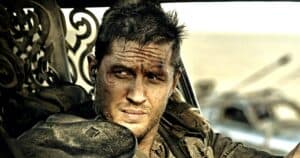
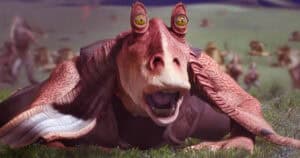
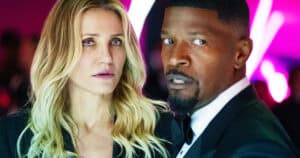
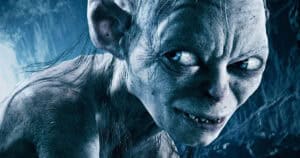
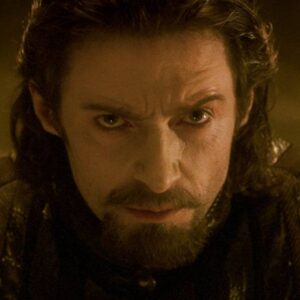
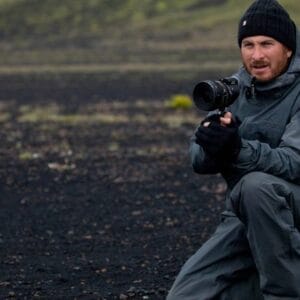
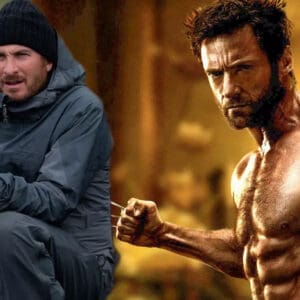
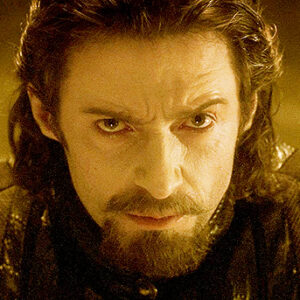
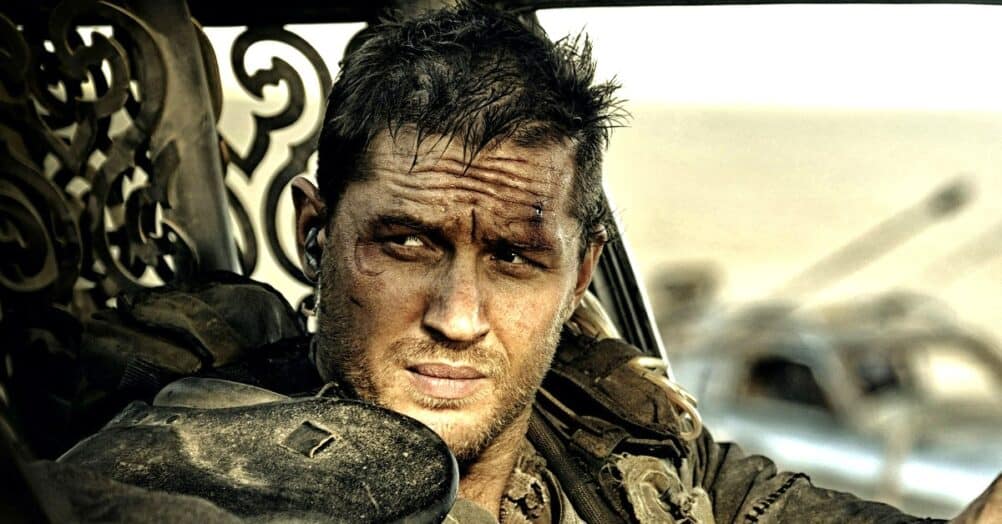
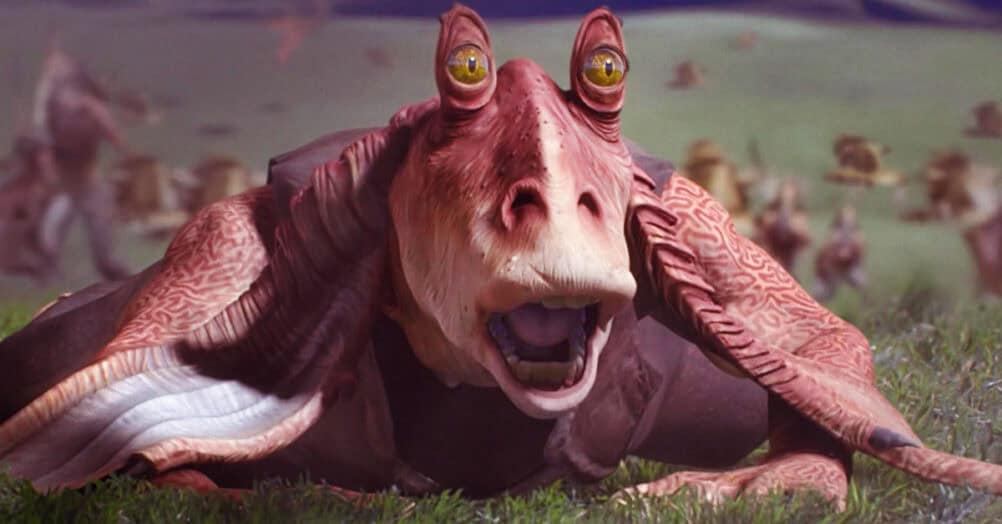
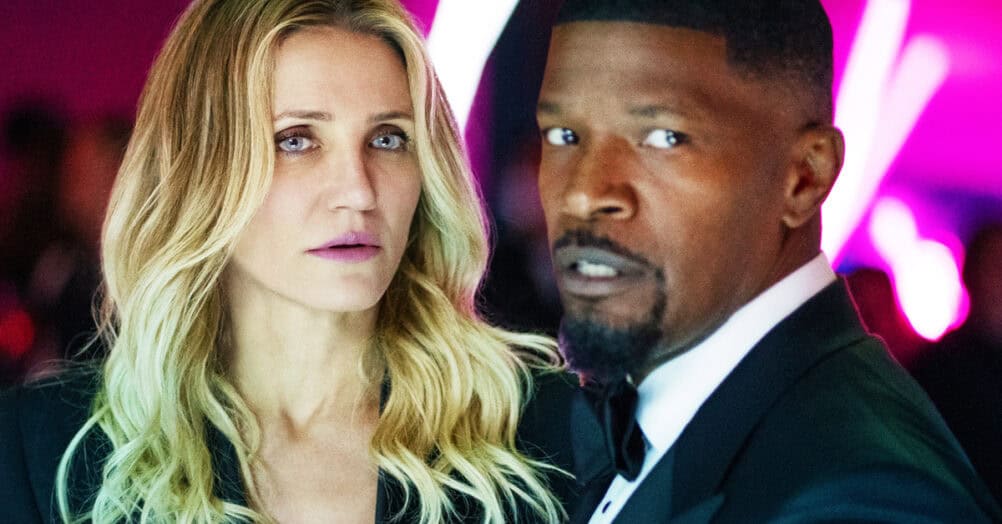
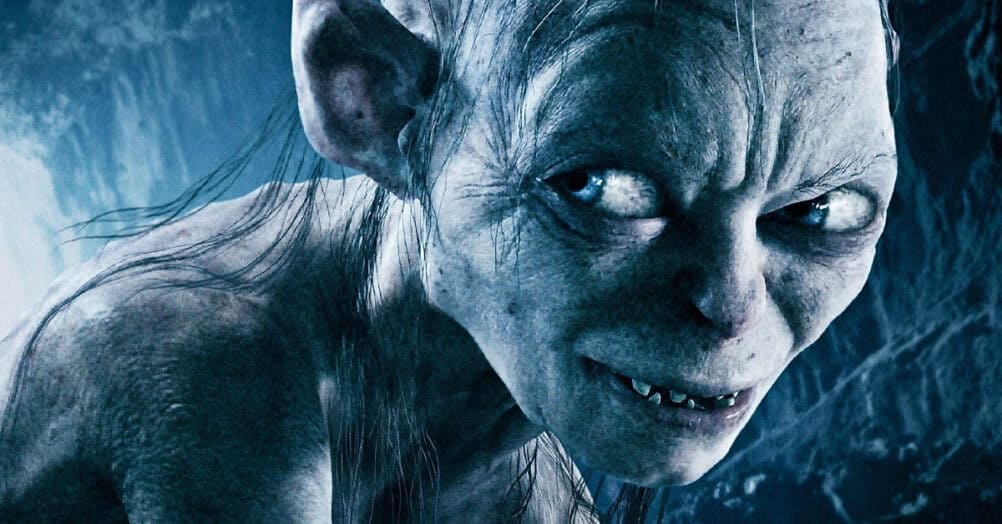
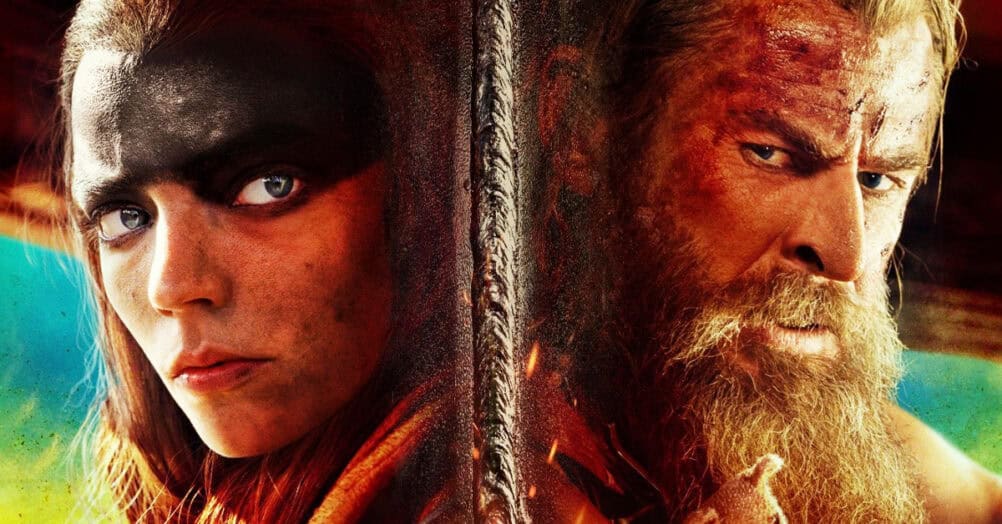
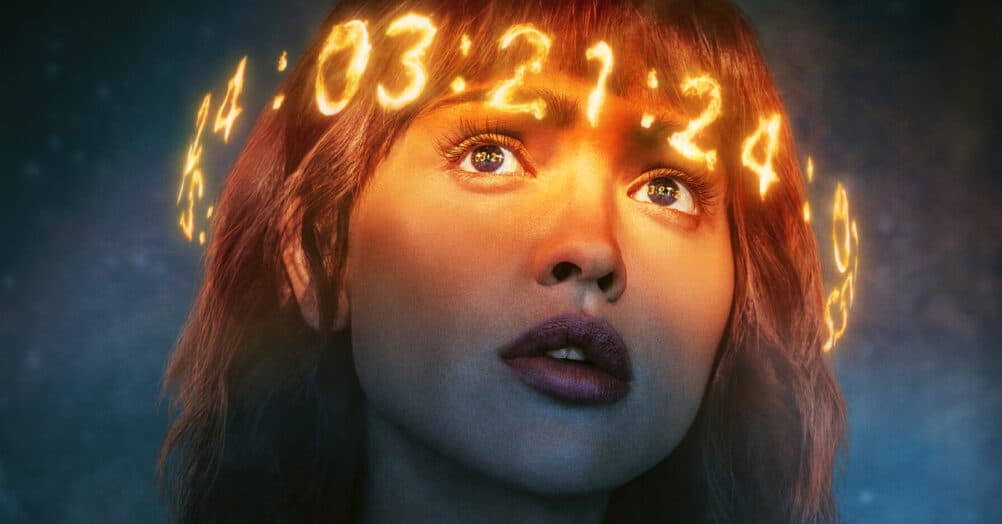
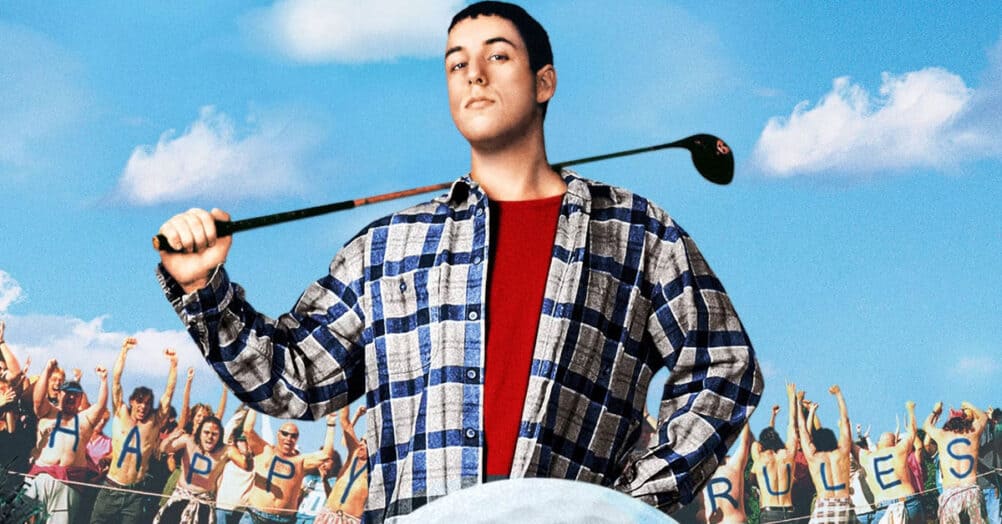
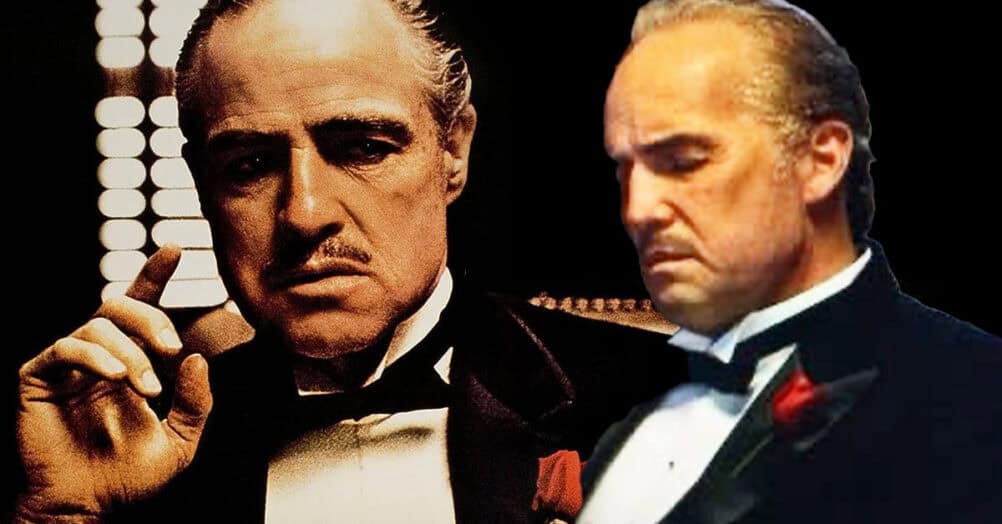
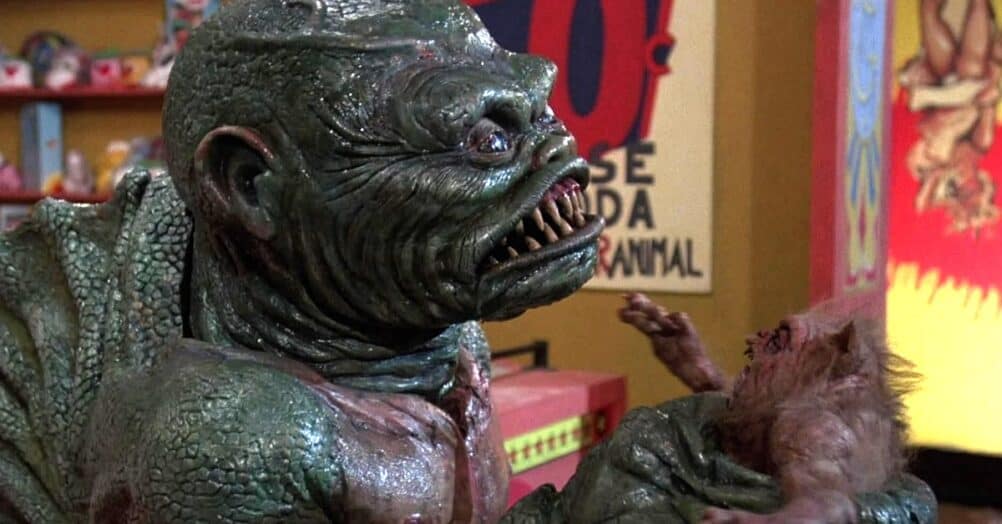

Follow the JOBLO MOVIE NETWORK
Follow us on YOUTUBE
Follow ARROW IN THE HEAD
Follow AITH on YOUTUBE